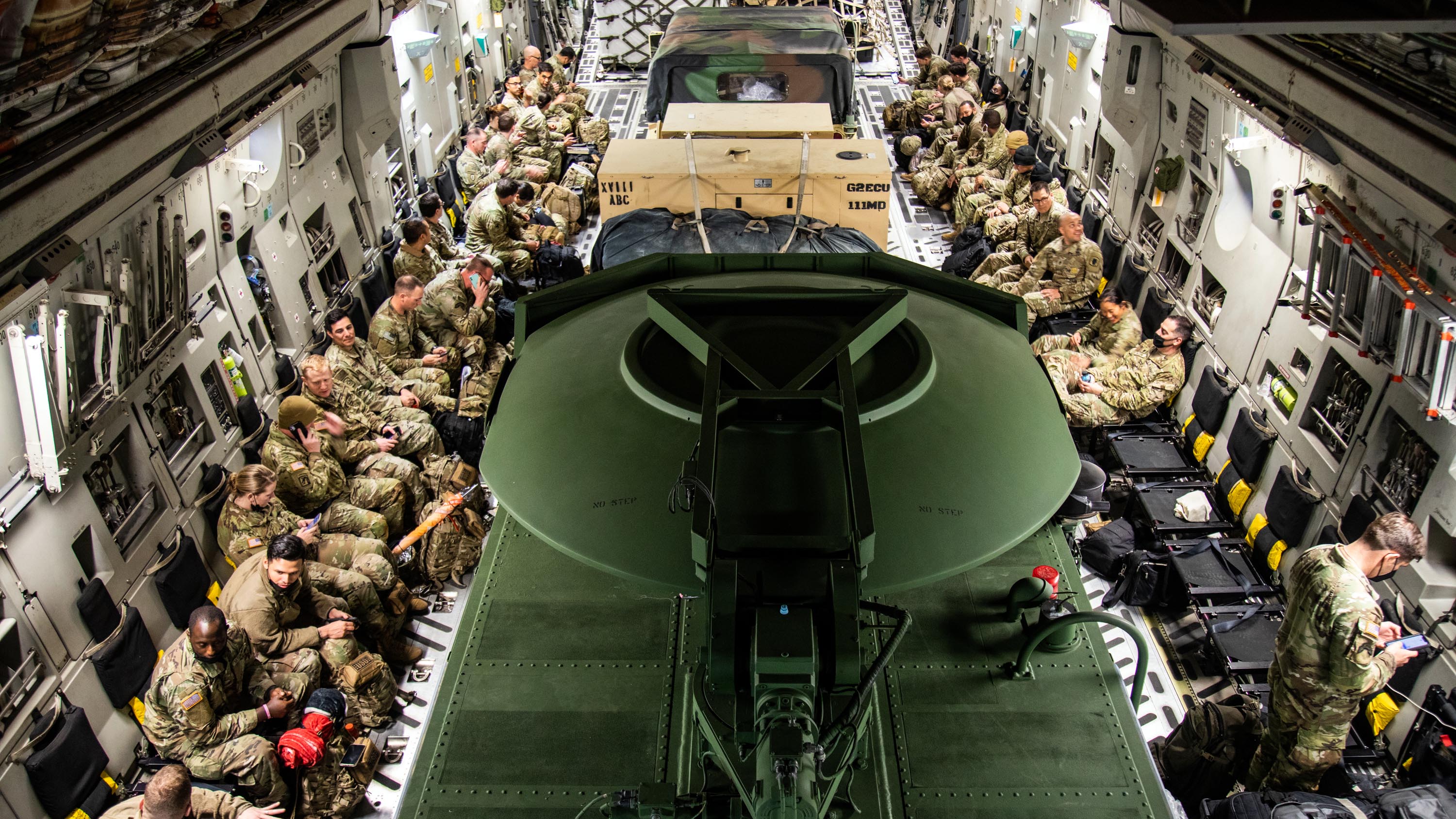AUSA Responds to Conflict in Ukraine
AUSA Responds to Conflict in Ukraine

The Association of the U.S. Army supports America’s Army as it sends soldiers to bolster and assure our NATO allies and partners in Europe.
“At this defining moment in world history, the United States Army stands ready to defend our nation’s security and support our European allies and partners, just as it has for generations,” said retired Gen. Bob Brown, AUSA president and CEO.
“We at the Association of the United States Army are proud of America’s Army, giving thanks that our well-trained, well-equipped and well-led soldiers are on duty in Europe standing against threats to peace and security. We give our thanks and support to the men and women of the U.S. Army and to their families for their continued service and sacrifice.”
He continued: “As we have since our founding in 1950, AUSA offers our continued support as our soldiers serve with professionalism and honor in the difficult days ahead.”
Brown’s statement comes as Russian forces mount an invasion of Ukraine, including what appeared to be rocket and artillery attacks followed by armored convoys.
In a fiery statement, Russian President Vladimir Putin told NATO nations to stay away and not interfere. “Whoever tries to impede us, let alone create threats for our country and its people, must know that the Russian response will be immediate and lead to the consequences you have never seen in history,” Putin said, according to the Associated Press. “No one should have any doubts that a direct attack on our country will lead to the destruction and horrible consequences for any potential aggressor.”
President Joe Biden responded in a written statement calling the attack “unprovoked and unjustified.”
Biden has said he has no intention of sending U.S. troops into Ukraine, and NATO partners have issued similar statements.
But thousands of American soldiers have deployed to support NATO allies including Poland and Romania. They include almost 5,000 paratroopers from the 82nd Airborne Division at Fort Bragg, North Carolina, at least 1,000 soldiers from a Stryker squadron already in Germany, and an infantry battalion task force of about 800 soldiers from Italy that is moving to the Baltic region.
The Pentagon also is sending a battalion of attack aviation—20 AH-64 Apache helicopters—from Germany to the Baltic region, and an attack aviation task force of 12 Apache helicopters from Greece to Poland.
Additionally, about 8,500 troops are on heightened alert in case NATO activates the NATO Response Force.
Later today, AUSA is hosting a webinar on Russia’s actions.
“Understanding Russia’s Grand Strategy” will begin at 2 p.m. Eastern. This special edition of AUSA’s Noon Report webinar series will feature Andrew Monaghan, director of the Russia Research Network.
The event is free, but registration is required here.
Monaghan will discuss the rebirth of Russian Grand Strategy, the nature of Russian state mobilization, and how to think about Russian futures in an era of global power competition.
Monaghan is a George F. Kennan Fellow at the Wilson Center’s Kennan Institute and a senior associate fellow at the Royal United Services Institute in London.

